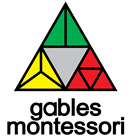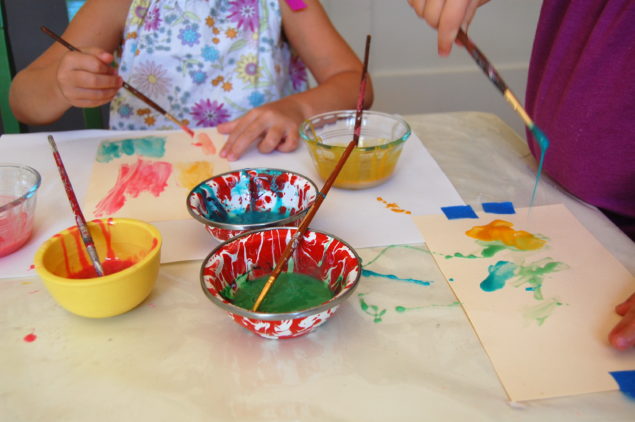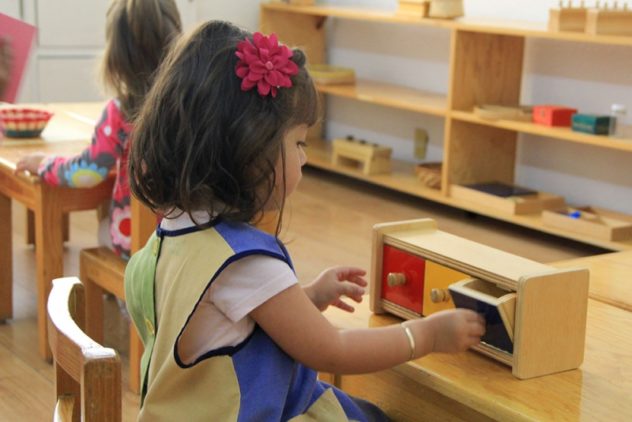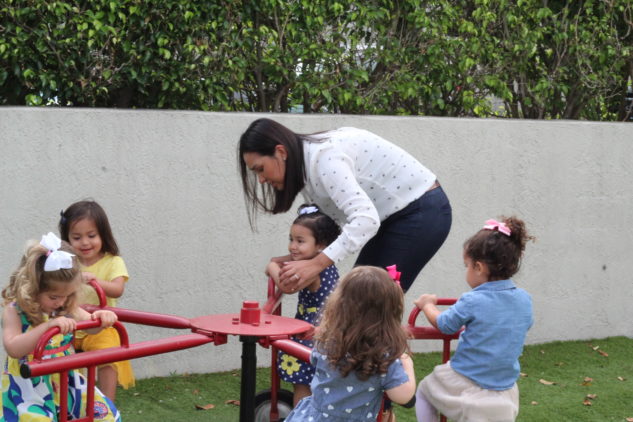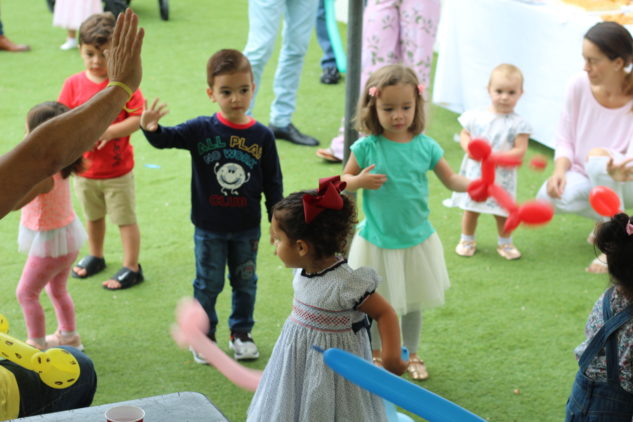For Montessori, manual labour and manual gymnastics are not the same but they are connected. The object of manual gymnastics is to exercise the hand and perfects the individual. In manual labour the focus is to accomplish a determinate work, being, or simulating, a socially useful object, its function is to enrich the world. She considered that to make the children copy anything, direct them to produce useful things or giving them clay to fashion in their own manner served for the study of spontaneous manifestations and not for their education.
Montessori decided to try some exercises accomplished by an artist, Professor Randone in the “School of Educative Art” founded by him. The practice was based on educating youth in gentleness towards the surroundings, that is, in respect for objects, buildings, monuments: a really important part of civil education. Professor Randone created the “School of Educative Art” inspired by a broad artistic conception including the reproduction of objects which are commonly met in the surroundings. One of these objects was the vase, once the glory of Italy and of Florence in the potter’s art.
The importance of the vase is very great. The first food of mankind was cooked in a vase, and also it was a sacred symbol connected with temples in many cultures as the Egyptian, Etruscan and Greek. The history of the vase follows the history of humanity itself. Besides, it is adaptable to every modification of form and susceptible to the most diverse ornamentation. For this special characteristic, Randone choose the vase as a piece for teaching, that can be modified according to the individual inspiration. Another work in the School of Educative Art was the manufacture of diminutive bricks, their baking in the furnace, and the construction of diminutive walls.
These ideas were taken by Montessori as manual training in the “Children’s Houses”. In the case of vases, after two or three lessons the little pupils were already enthusiastic about the construction of clay. In the case of bricks, children found very amusing constructing walls, placing brick on brick, superimposing row on row, to the construction of real houses with the corresponding windows and doors and ornaments in their facades, little tiles manufactured by the children. Thus the children learned to appreciate the objects and constructions which surround them, while a real manual and artistic labour give them profitable exercise.
